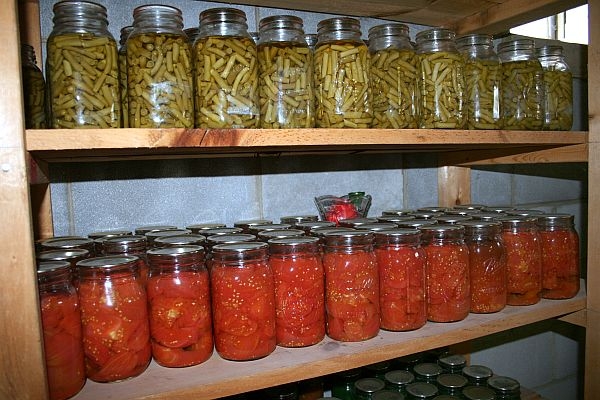
I’m Charlie Nardozzi and this is the Vermont Garden Journal. I’m greedy when it comes to vegetable gardening. Not only do I like eating fresh produce from the garden from spring until fall, I want it in winter, too. Although you can grow some vegetables all winter in Vermont with a little help from a greenhouse, an easier way is to preserve veggies for winter meals. Freezing, canning, drying, or storing are great ways to extend the tastes of summer. Here’s a few of my tips.
There’s nothing better than pesto in winter. Harvest whole basil stems, instead of individual leaves, to encourage more growth. Try making unusual pestos from arugula, spinach, and even kale. Freeze pesto batches in ice cube trays and then store the pesto cubes in freezer bags.
Let winter squash and potatoes cure in well vented, 80 degree, humid room for 2 weeks, then store squash in a 50 degree dark basement or garage and potatoes in a 40 degree dark room. You’ll be eating squash until Christmas and potatoes until spring. Dry cherry or paste tomatoes by slicing individual fruits in half, place them in a dehydrator or oven set at 200 degrees. They should be dry in 6 to 12 hours.
For more information and instructions for canning, freezing and drying, click on The Vermont Garden Journal at VPR dot net.
Now for this week’s tip, late blight disease is back. It’s been found on tomatoes in Lamoille County so watch out for it on your potatoes and tomatoes and pull and destroy any infected plants.
Next week on the Vermont Garden Journal, I’ll be talking about butterfly bushes! For now, I’ll be seeing you in the garden!
Vermont Garden Journal Homepage